Guinness beer, with its iconic dark color and rich flavor, has become a symbol of Irish culture and heritage. But what often goes unnoticed is the equally fascinating evolution of the glass that serves this beloved brew. The Guinness beer glass has changed significantly over the years, reflecting not only the brand’s journey but also broader trends in design, marketing, and consumer experience. In this article, we’ll explore the history, design evolution, cultural significance, and future of the Guinness beer glass.
The Historical Roots of Guinness Beer
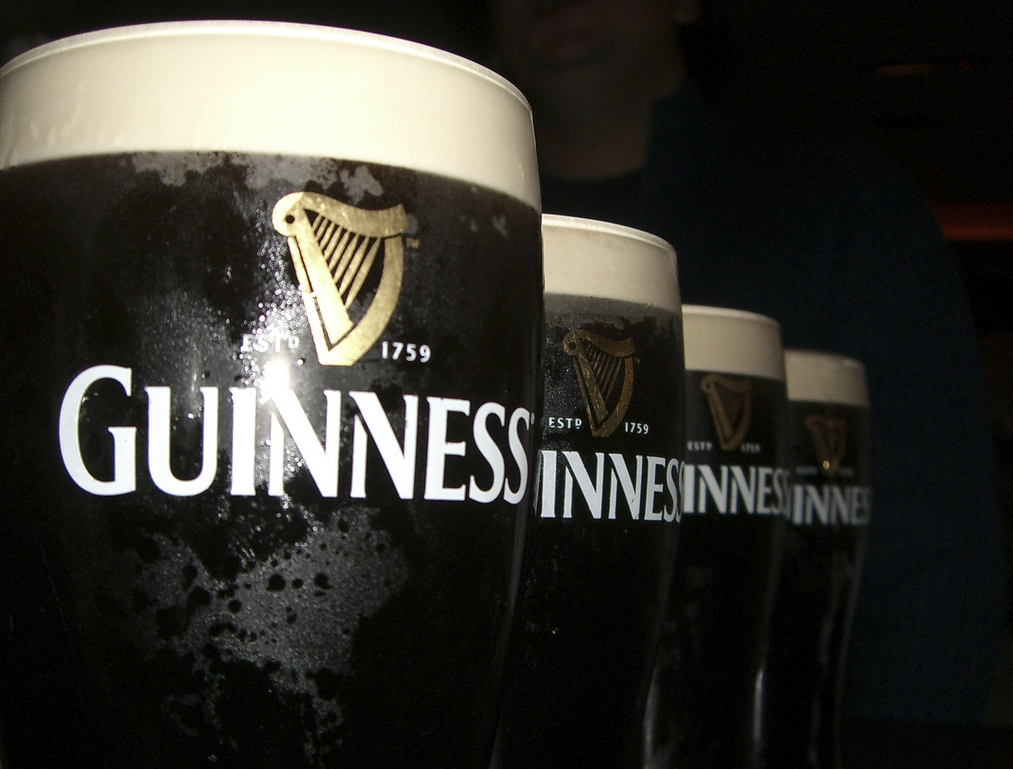
To understand the evolution of the Guinness beer glass, we must first appreciate the origins of the beer itself. Arthur Guinness established the St. James’s Gate Brewery in Dublin in 1759. The brewery would go on to produce the world-famous stout that we know today. The first pint of Guinness was served in a simple glass, typical of the period.
- 1759: Arthur Guinness signs a 9,000-year lease for the brewery.
- 1850s: The first recorded serving of Guinness in a glass.
- 1900s: Guinness begins branding their glasses.
Originally, Guinness was served in a variety of vessels, from tankards to tumblers, but it was not until the late 19th century that branded glasses began to emerge as a marketing tool.
The Evolution of the Glass Design
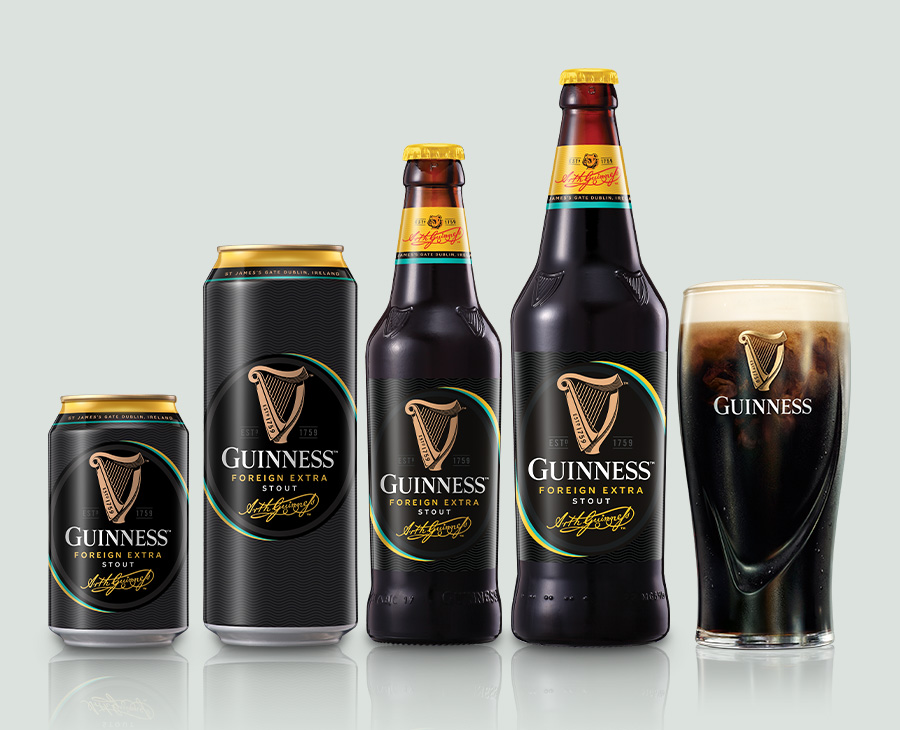
The design of the Guinness glass has evolved in tandem with the brand itself. Over the decades, several distinct styles have emerged, each reflecting the tastes and preferences of the times.
- The Pint Glass: The early 20th century saw the rise of the pint glass, which became the standard for serving beer. This glass is typically straight-sided, allowing for easy stacking and serving.
- The Tulip Glass: Introduced in the 1960s, the tulip-shaped glass enhances the aroma of the stout and allows for a better head retention. Its curved design is not only aesthetically pleasing but also functional.
- The Extra Cold Glass: In the late 1990s, Guinness introduced a specialized glass for its Extra Cold variant, which features a wider opening to accommodate the beer’s unique pouring method.
Each of these designs reflects a deeper understanding of the consumer experience. The tulip glass, for instance, was developed as part of a broader trend in craft beer culture, which emphasizes the sensory experience of drinking.
Cultural Significance of the Guinness Glass
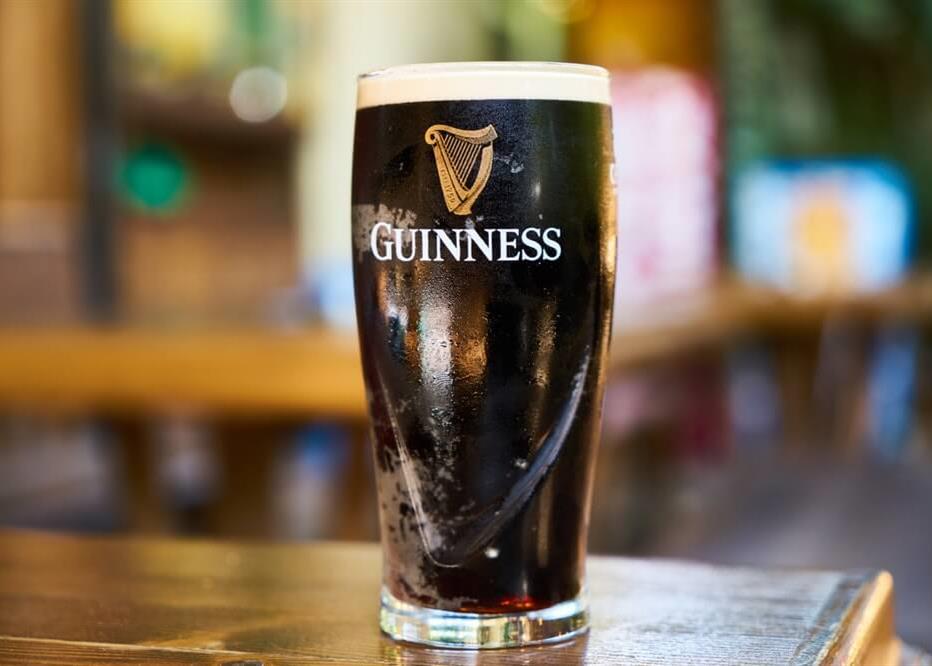
The Guinness glass is more than just a vessel; it is a cultural icon. It represents not only the beer but also the communities and traditions that surround it. The glass has become synonymous with Irish pubs around the world, where it serves as a centerpiece for social gatherings.
In recent years, the Guinness glass has also served as a canvas for artistic expression. Limited edition designs have been released, celebrating various aspects of Irish culture, such as:
- St. Patrick’s Day
- Irish folklore
- Local musicians and artists
These special editions have become collectible items, further reinforcing the bond between the brand and its consumers.
Marketing and Branding Strategies
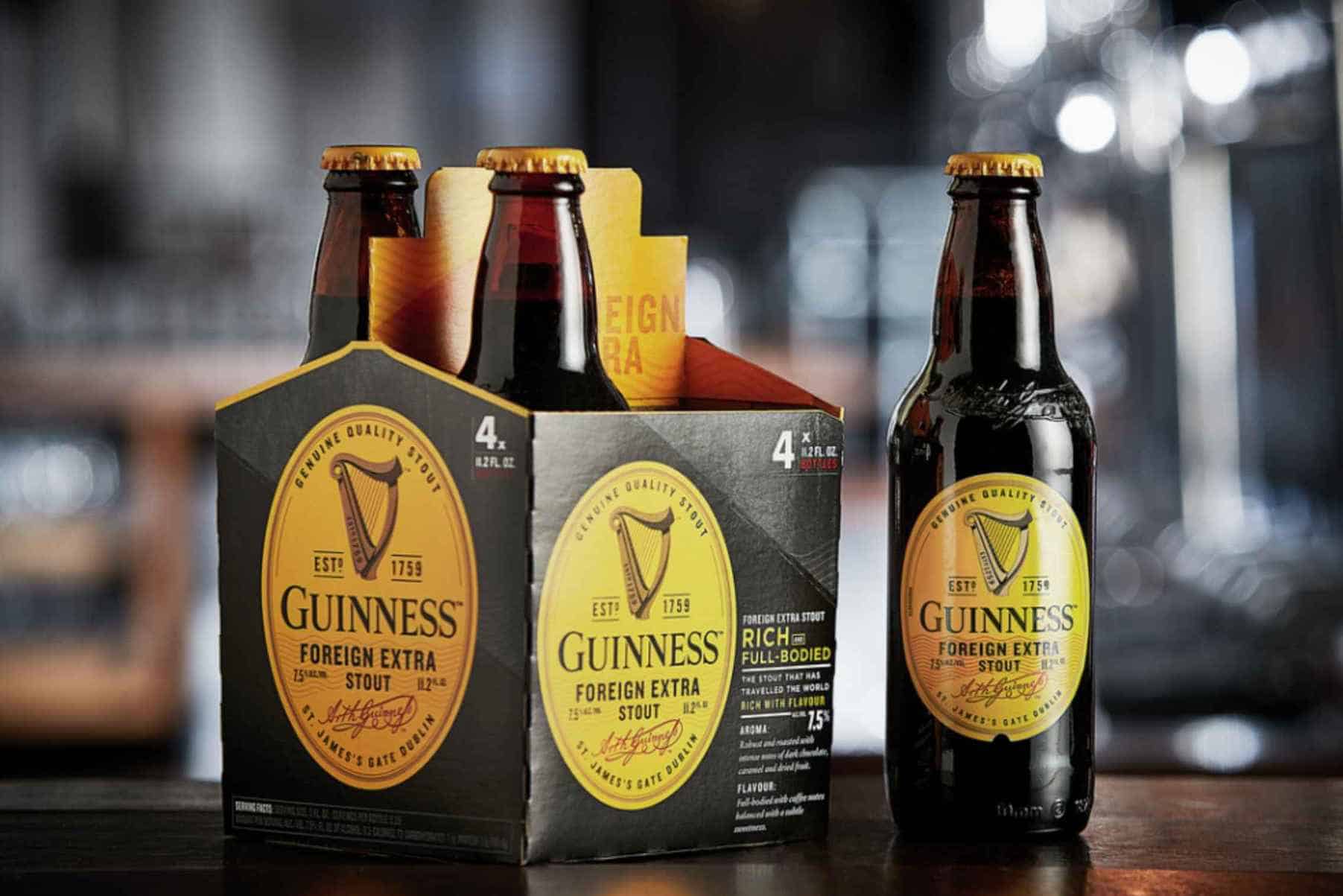
The evolution of the Guinness beer glass is also a testament to the brand’s innovative marketing strategies. From its early days, Guinness has understood the importance of branding and how the glass can play a role in creating a unique consumer experience.
- Iconic Advertising: Guinness has produced some of the most memorable advertising campaigns in history, often featuring the glass prominently. This has helped cement its image as a premium product.
- Global Recognition: The distinctive shape of the Guinness glass is recognized worldwide, making it an effective tool for brand recognition.
- Social Media Engagement: In recent years, Guinness has leveraged social media to engage consumers with campaigns encouraging them to share pictures of their pints, showcasing the glass as part of the experience.
Through these strategies, the glass has become a symbol of the brand itself, embodying the quality and tradition associated with Guinness.
Statistics and Case Studies
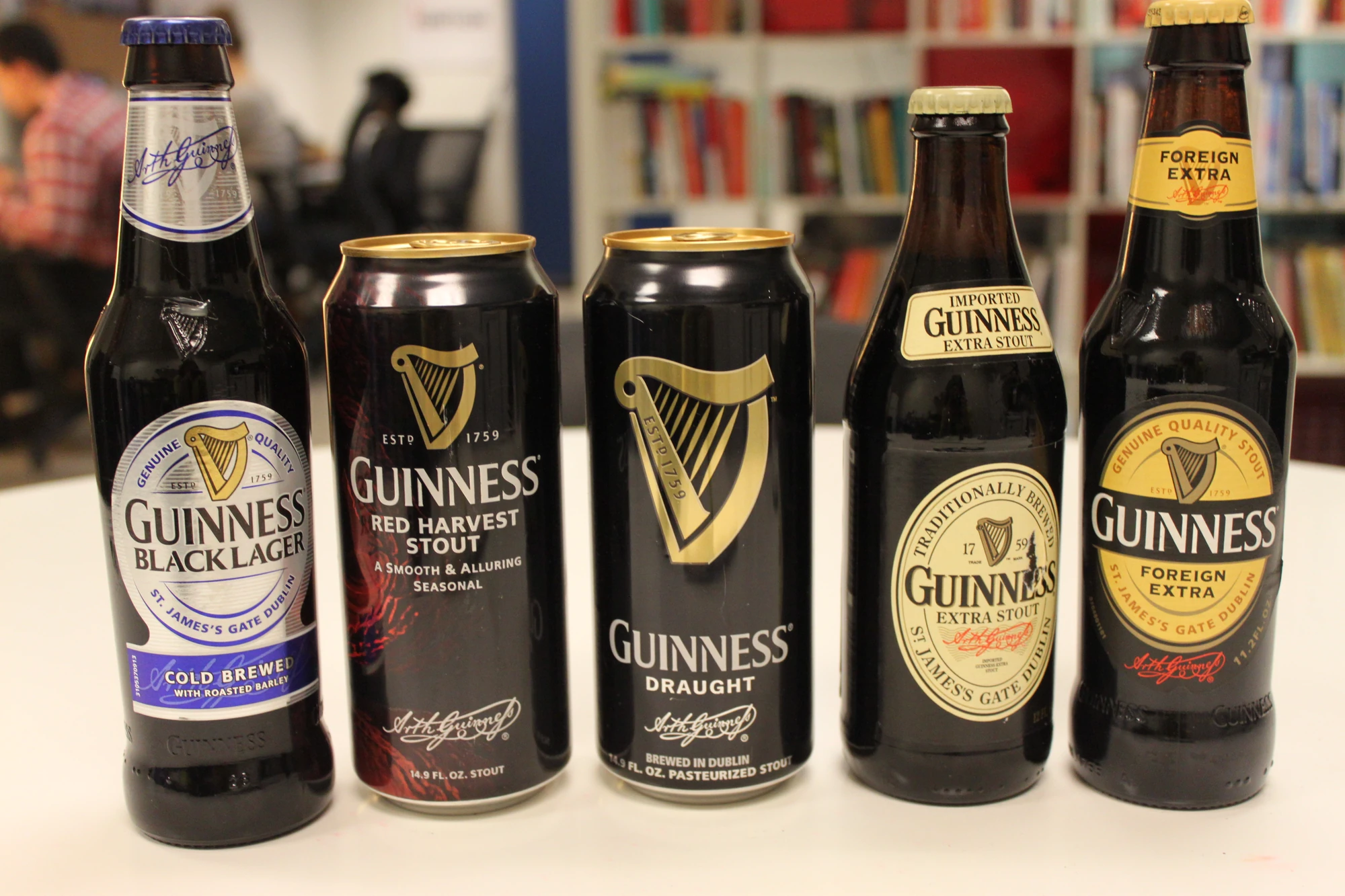
The impact of the Guinness glass on consumer perception and sales can be quantified through various statistics and case studies. For instance, a study conducted by the market research firm Mintel reported that:
- Over 60% of consumers prefer to drink stout from a branded glass.
- Sales of Guinness increased by 25% in pubs that exclusively use branded glassware.
- Social media posts featuring the Guinness glass generated an average engagement rate of 5%, significantly higher than other types of posts.
These statistics illustrate the glass’s role in enhancing the overall drinking experience and driving brand loyalty.
The Future of the Guinness Glass

As we look to the future, the Guinness glass is likely to continue evolving. Several trends may shape its future design and functionality:
- Sustainability: With increasing awareness about environmental issues, there is a growing demand for sustainable glassware. Future designs may incorporate eco-friendly materials and manufacturing processes.
- Personalization: As consumer preferences shift towards personalized experiences, customized Guinness glasses may become more popular, allowing consumers to add their names or special messages.
- Smart Glass Technology: The integration of technology into everyday items may lead to the development of smart glasses that can monitor consumption or enhance the drinking experience through augmented reality.
These innovations could further solidify the Guinness glass’s place in the hearts of consumers around the world.
The Guinness beer glass is more than just a vessel for enjoying a pint of stout; it is a cultural artifact that embodies the rich history of Guinness and its journey from Ireland to the world. Through its evolution, the glass has adapted to changing consumer preferences, marketing strategies, and cultural trends, becoming a symbol of social gatherings, artistic expression, and brand loyalty.
As we look ahead, the future of the Guinness glass holds exciting possibilities, from sustainability to personalization. Regardless of how it evolves, one thing is certain: the Guinness glass will continue to play a vital role in the enjoyment of one of the world’s most beloved beers.